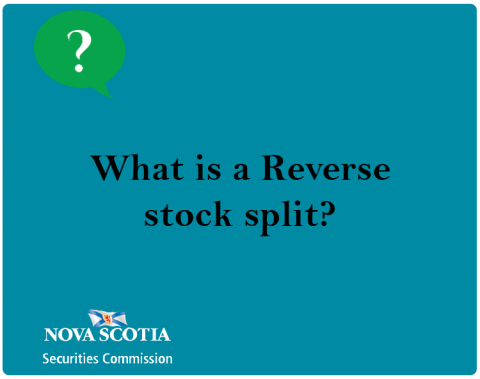Submitted by nsscadmin on

In a previous blog post we looked at stock splits. Recently in the news a few companies announced reverse stock splits, which led to this post.
In a regular stock split a company divides its existing shares into multiple shares, which lowers the price per share and increases the number of shares available. The overall dollar value of the shares remains the same.
In a reverse stock split a company consolidates existing shares, reducing the number of shares available, and increasing the price per share. Again, the overall dollar value of the shares remains the same.
The ratio for a reverse stock split can vary. It could be low at 1-for-2, or possibly high at 1-for-100. Let’s look at an example to see how a reverse stock split works.
A public company has a 100 million outstanding shares that are currently trading at a price of $5 per share. The company announces a 1-for-5 reverse stock split. This means they are consolidating five existing stocks into 1. The company will now have 20 million shares (100 million shares divided by 5) with each share now priced at $25 ($5 per share multiplied by 5). The overall value of all share remains the same at $500 million (100 million * $5 = 20 million * $25).
There are several reasons why a company may perform a reverse stock split. Some of them include:
·
Prevent being delisted from an exchange by increasing the dollar per share price,
·
Remove negative stigma that can come from a low stock price, or
·
Draw attention from investors and stock analysts.
